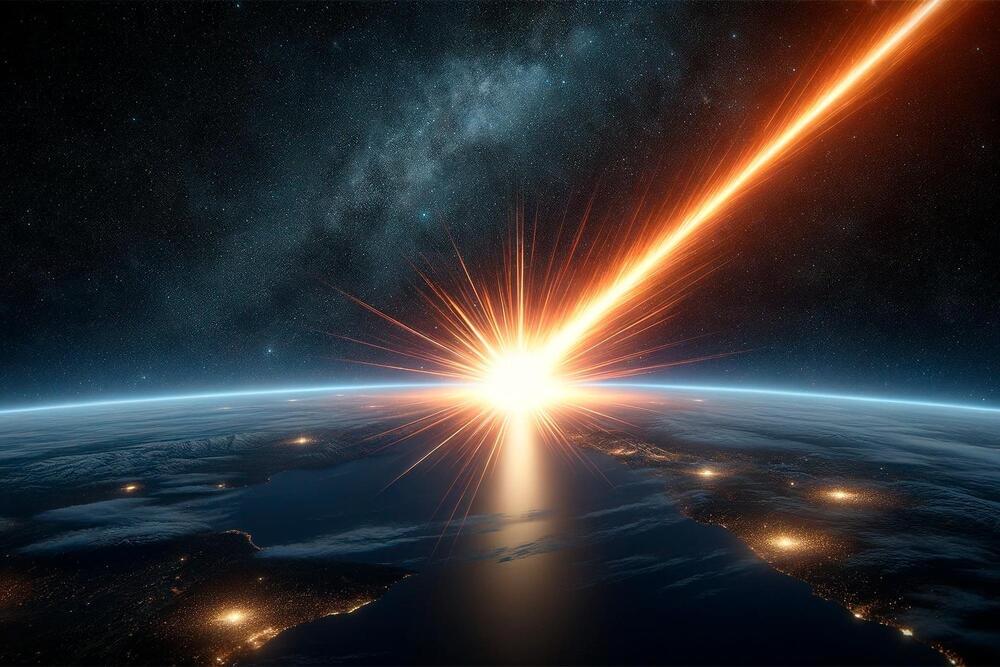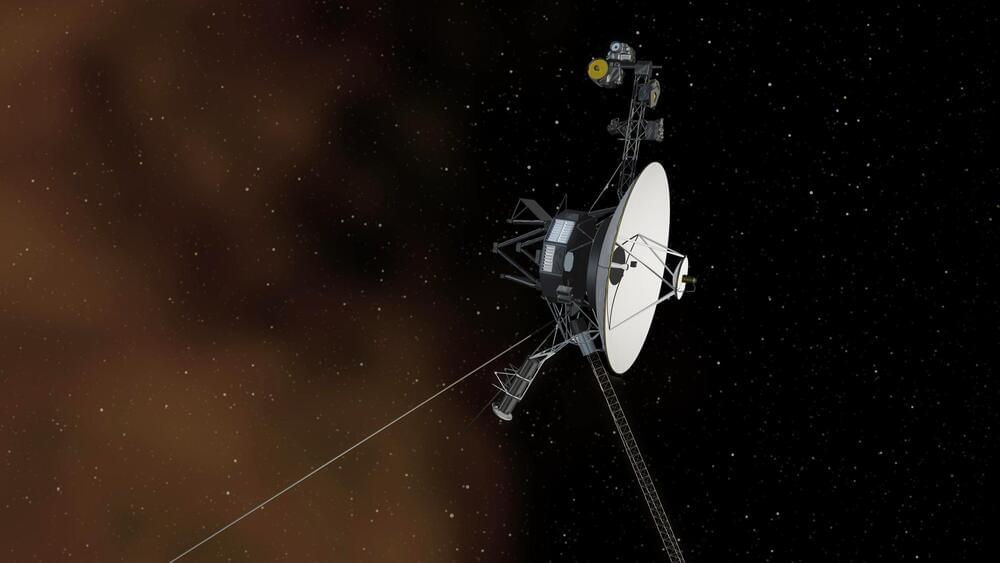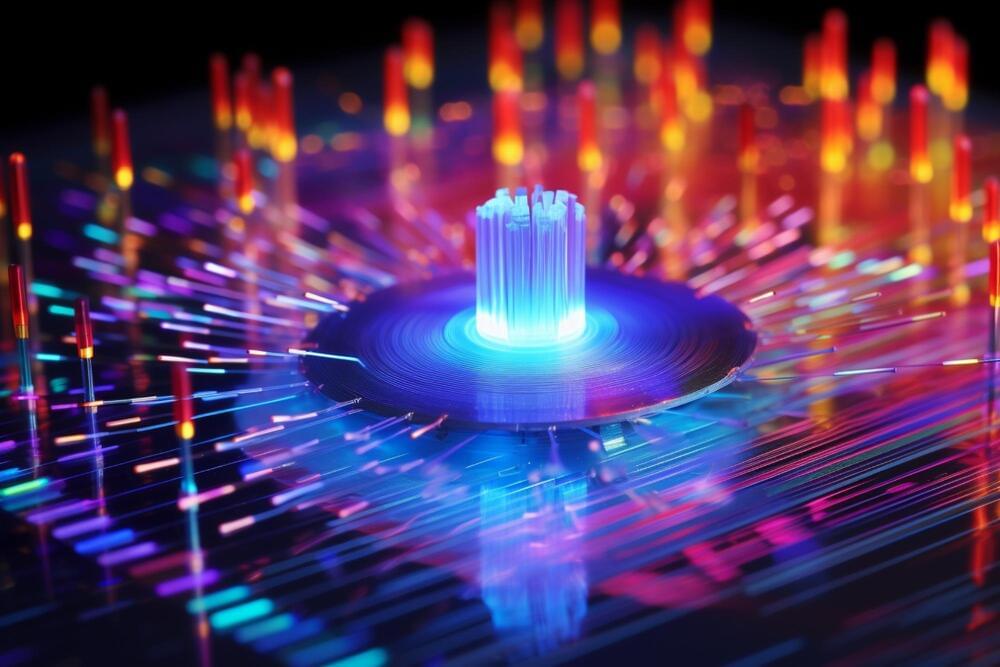A new study reveals the sun’s magnetic field originates closer to the surface, solving a 400-year-old mystery first probed by Galileo and enhancing solar storm forecasting.
An international team of researchers, including Northwestern University engineers, is getting closer to solving a 400-year-old solar mystery that stumped even famed astronomer Galileo Galilei.
Since first observing the sun’s magnetic activity, astronomers have struggled to pinpoint where the process originates. Now, after running a series of complex calculations on a NASA supercomputer, the researchers discovered the magnetic field is generated about 20,000 miles below the sun’s surface.






